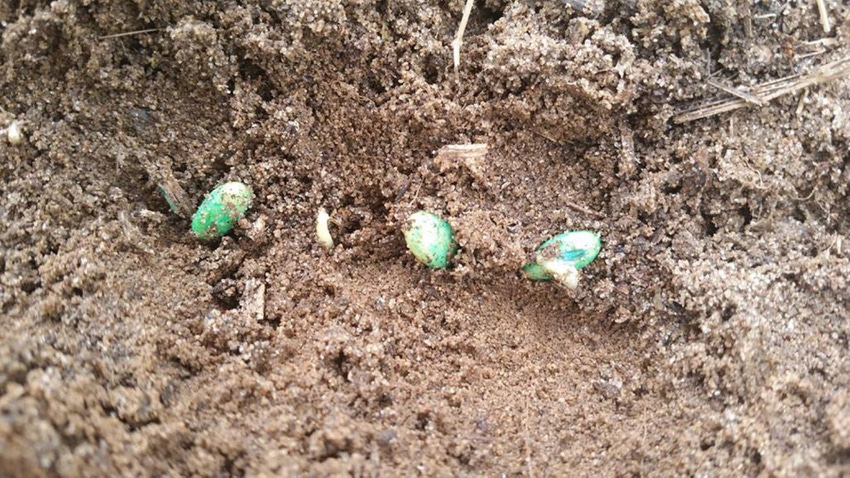February 13, 2024

As growers prepare for the upcoming season, seeding rate is one of the key decisions to maximize soybean yield potential.
Seeding rates
In general, the goal is to plant enough seeds to maximize light capture and yield potential while not planting more than necessary. Growers incur additional seed costs when plant populations are too high, and it could lower yields due to increased competition among plants for vital resources.
“We’re seeing that you can’t simply increase plant population and expect yield to increase with it,” said Ben Jacob, Pioneer Field Agronomist.
Seeding rates are often targeted toward an agronomic optimum — minimum seeding rate necessary to maximize yield potential — or economic optimum — seeding rate at which economic return is maximized. The economic optimum is usually slightly less than the agronomic optimum and varies depending on seed cost and grain price.
Plant adaptability
Soybeans are generally less affected by seeding rate than some other crops due to the inherent adaptability of the plant. The ability of soybean plants to increase their lateral branching in low density environments help compensate for poor stand establishment.
An important consideration in soybean seeding rate decisions is the fact that the plant density will often be considerably less than the number of seeds that went into the ground. Soybeans naturally undergo some amount of plant attrition during the growing season.
Protection
However, soybean seeding rates should be high enough to provide some degree of protection against less-than-ideal conditions at emergence. Pushing seeding rates too low can increase the risk of needing to replant if everything does not go exactly right.
“The bottom line is that seeding rates are a dynamic decision,” Jacob said. “Several factors need to be considered on a field-by-field basis, including soil type, planting date and seedbed condition.”
Source: Corteva Agriscience
You May Also Like




